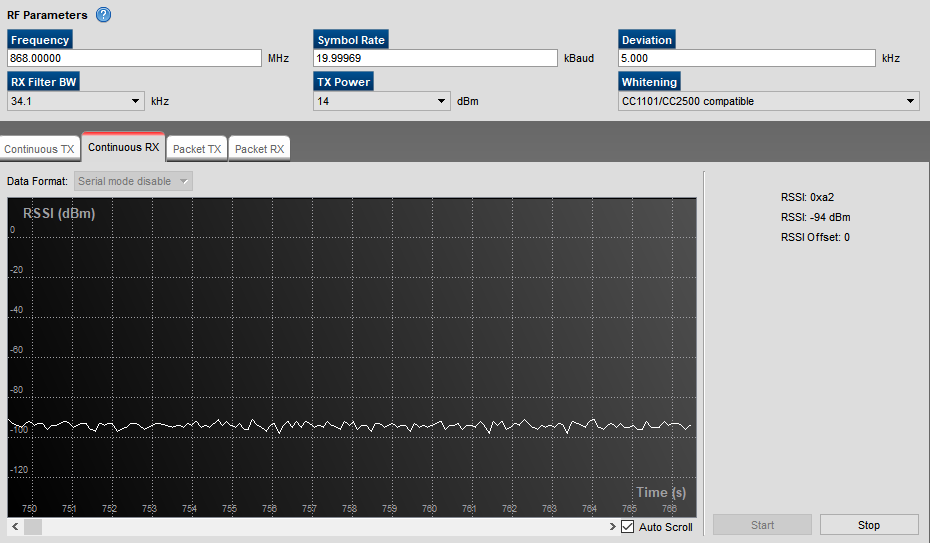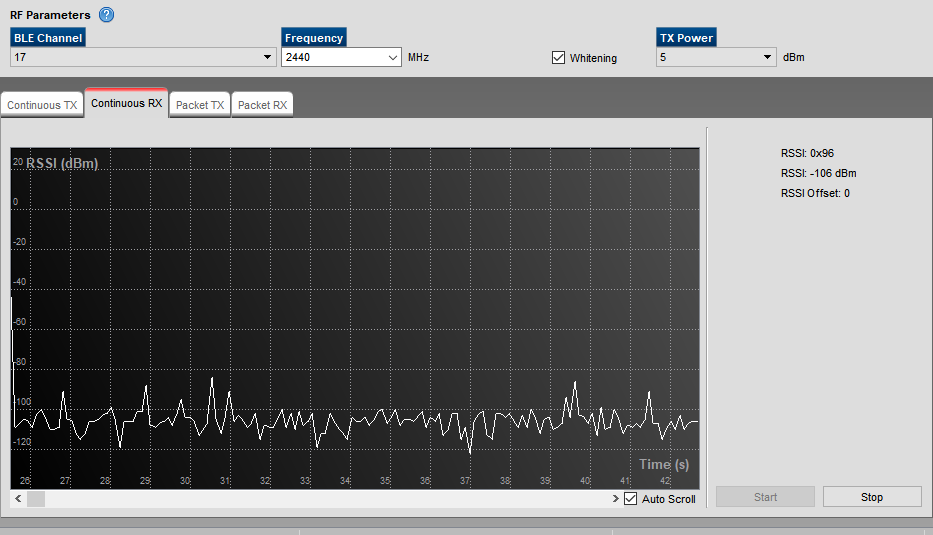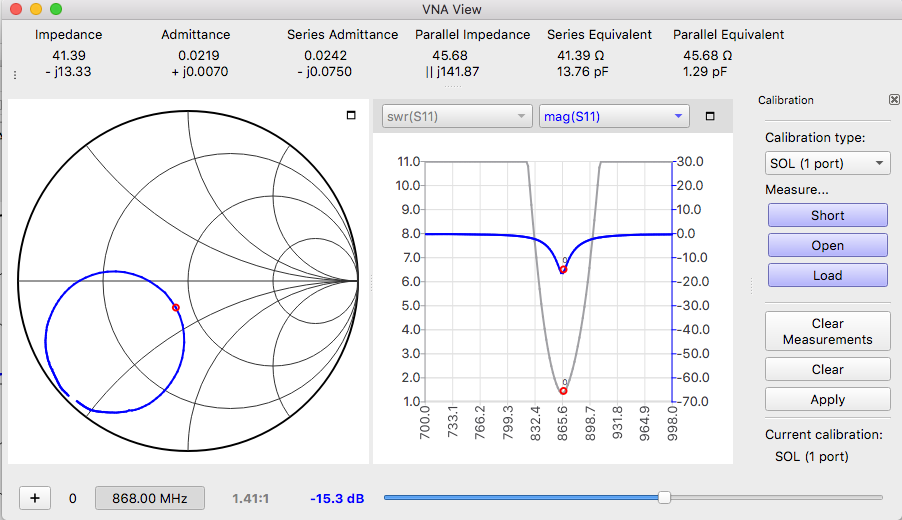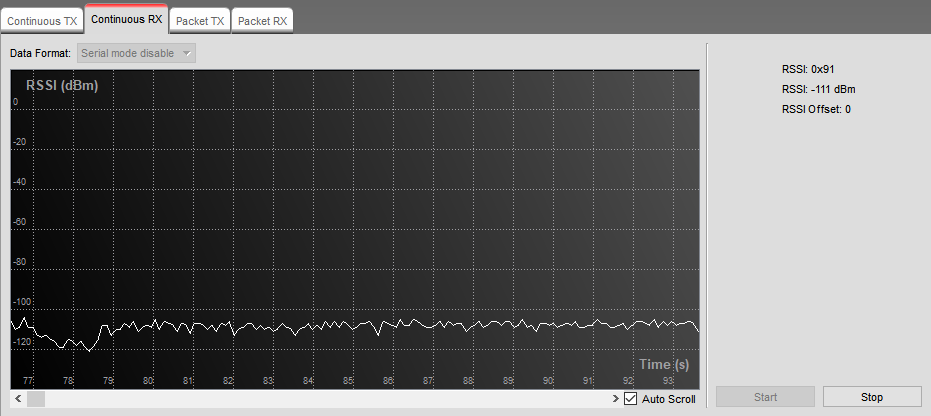Hello,
first a disclaimer: I am an amateur, and only do this for personal projects and as a learning experience. This means I am not looking for absolute best performance or compliance, and that I don't have access to specialized equipment (ie, I don't have a signal generator!)
I designed a custom board, a lot of which is based on the Launchpad. The most important differences are that it uses Johanson baluns and two antennas (antenna 2 and antenna 6 from the antenna DK 2 kit)
Everything seems to check out with the board except that the noise floor on sub-1GHz is really high (launchpad is at expected ~-110dBm):
It seems OK at 2.4GHz:
The antenna is well-matched (at least according to my cheap VNA):
4-layer board (same stack up as Launchpad) top layout. I was careful with power and antenna sections (at least, I think so!):
Since I can't do conducted performance tests, what are my next options, if any? I haven't done range tests yet, so this may not be a huge issue in my case, but any advice is very much appreciated!






